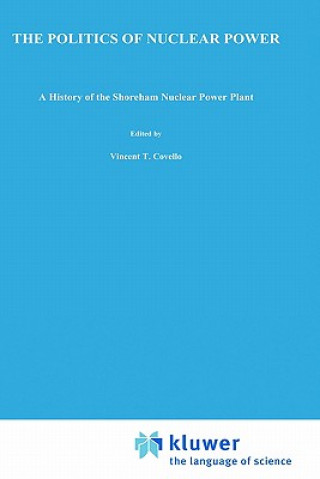
Kod: 01393229
Politics of Nuclear Power
Autor D.P. McCaffrey
Several individuals noted the potentially important civilian uses of atomic energy shortly after the bombings of Hiroshima and Nagasaki in 1945. That year J. Robert Oppenheimer told a national radio audience that "in the near futu ... więcej
- Język:
 Angielski
Angielski - Oprawa: Twarda
- Liczba stron: 269
Wydawca: Springer, 1990
- Więcej informacji o książce

187.81 €

Dostępna u dostawcy w małych ilościach
Wysyłamy za 10 - 15 dni
Potrzebujesz więcej egzemplarzy?Jeżeli jesteś zainteresowany zakupem większej ilości egzemplarzy, skontaktuj się z nami, aby sprawdzić ich dostępność.
Dodaj do schowka
Zobacz książki o podobnej tematyce
-

Norwood
16.16 € -4 % -

Knowledge Science, Engineering and Management
122.12 € -

Pro Windows Embedded Compact 7
67.41 € -

Current Themes in Engineering Science 2008
143.27 € -

Operations and Production Systems with Multiple Objectives
251.46 € -

Tell Me Your Dreams
8.02 € -23 % -

Implementing Systems for Supporting Management Decisions
242.52 € -

Paris in Color Notes
13.62 € -16 % -

Principles of Cognitive Radio
66.19 € -15 % -

Aplikovaná ekologie
6.80 € -10 % -

Bouře na Nilu III. - Sutehovo vítězství
10.87 € -6 % -

Ein Arbeitstarifgesetz.
60.39 € -4 % -
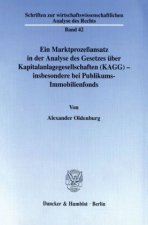
Ein Marktprozeßansatz in der Analyse des Gesetzes über Kapitalanlagegesellschaften (KAGG) - insbesondere bei Publikums-Immobilienfonds.
84.70 € -
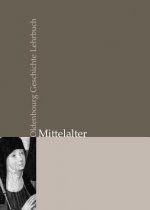
Oldenbourg Geschichte Lehrbuch, Mittelalter
40.36 € -18 %
Bon podarunkowy: Radość gwarantowana
- Podaruj bon o dowolnej wartości, a my się zajmiemy resztą.
- Bon podarunkowy dotyczy całej naszej oferty.
- Możesz wydrukować elektroniczny bon z e-maila a następnie przekazać go obdarowanemu.
- Ważność bonu wynosi 12 miesięcy od daty wystawienia.
Więcej informacji o Politics of Nuclear Power
Za ten zakup dostaniesz 467 punkty
 Opis
Opis
Several individuals noted the potentially important civilian uses of atomic energy shortly after the bombings of Hiroshima and Nagasaki in 1945. That year J. Robert Oppenheimer told a national radio audience that "in the near future" it would be possible to generate profitable electric power from "controlled nuclear chain reaction units" (reactors). It was suggested that, after fIfteen to twenty-five years of development, mature nuclear technology could provide virtually inexhaustible, cheap energy given the abundance of nuclear fuel. Admiral Lewis Strauss, the Chairman of the Atomic Energy Commission, stated that atomic power would generate electricity "too cheap to meter" (A statement that, according to Brookhaven National Laboratories' physicist Herbert Kouts, immediately "caused consternation among his technical advisors" [Kouts, 1983: 3)). For a brief period it was thought that airplanes would fly using atomic power, and homes would install small nuclear reactors for heat and hot water. 1950s and early 1960s a small number of prototype nuclear In the reactors came on line in the United States. The first power plant protoype reactor began operation in Shippingport, Pennsylvania in 1957. It was followed by the Dresden 1 unit near Chicago in 1959, the Yankee plant in Rowe, Massachusetts (1960), and the Indian Point (New York) and Big Rock Point (Michigan) plants in 1%2. These five plants had a combined 800 megawatts (800 MW), or less than one generating capacity ofless than percent of the total American electricity generating capacity in 1962.
 Szczegóły książki
Szczegóły książki
Kategoria Książki po angielsku Society & social sciences Politics & government Political science & theory
187.81 €
- Pełny tytuł: Politics of Nuclear Power
- Podtytuł: A History of the Shoreham Nuclear Power Plant
- Autor: D.P. McCaffrey
- Język:
 Angielski
Angielski - Oprawa: Twarda
- Liczba stron: 269
- EAN: 9780792310358
- ISBN: 0792310357
- ID: 01393229
- Wydawca: Springer
- Waga: 1270 g
- Wymiary: 235 × 155 × 20 mm
- Data wydania: 31. December 1990
Ulubione w innej kategorii
-

The Clash of Civilizations and the Remaking of World Order
11.89 € -11 % -

Dialectic of Enlightenment
29.68 € -4 % -
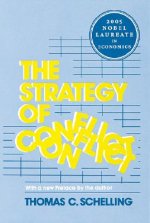
Strategy of Conflict
35.68 € -12 % -

Body Politic
3.45 € -17 % -

Bourgeois Equality
33.95 € -4 % -

Biggest Secret
19.92 € -12 % -

Divided
11.07 € -23 % -
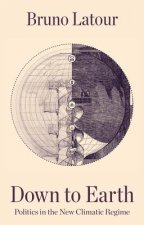
Down to Earth, Politics in the New Climatic Regime
12.29 € -24 % -

Statecraft
21.85 € -23 % -

Wicked War
15.34 € -20 % -

Discourses on Livy
10.36 € -28 % -

Prince
7.11 € -14 % -

The Social Contract
8.12 € -5 % -

Coup d'Etat
31.21 € -

Hope In The Dark
10.87 € -27 % -

Prince
7.72 € -10 % -

Revolutions In Reverse: Essays On Politics, Violence, Art, And Imagination
15.55 € -19 % -

The Principles of Political Economy and Taxation
13.31 € -

Common Sense
10.36 € -28 % -

On Tyranny
9.45 € -29 % -

Communist Manifesto
11.99 € -26 % -
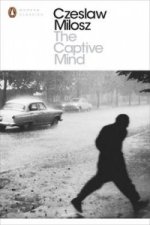
Captive Mind
13.41 € -28 % -
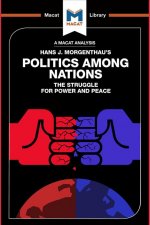
Analysis of Hans J. Morgenthau's Politics Among Nations
8.63 € -10 % -

Destined for War
17.58 € -32 % -

The Politics Book
21.95 € -14 % -

Oxford Handbook of Modern Diplomacy
51.95 € -

God and the State
8.63 € -9 % -

Anarchism and Other Essays
9.96 € -3 % -

Twenty-First Century Socialism
13.31 € -7 % -

How to Run A Government
13.11 € -17 % -

Origins Of Totalitarianism
21.95 € -16 % -

The Culture of Fear (Revised)
14.63 € -24 % -

Introduction to Political Thought
32.73 € -

Retrotopia
19.41 € -8 % -

Analysis of Robert D. Putnam's Bowling Alone
10.67 € -

Analysis of Max Weber's Politics as a Vocation
10.26 € -

Administration of Fear
12.29 € -20 % -

Our Malady
11.07 € -17 % -
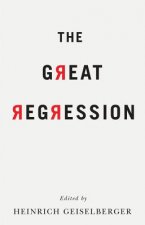
Great Regression
18.50 € -

Culture of National Security
47.48 € -

Two Books of the Elements of Universal Jurisprudence
13.72 € -13 % -

Fashion and Politics
50.22 € -5 % -

States Versus Markets
52.36 € -

Oxford Handbook of Political Economy
46.16 € -

Case for Nationalism
22.26 € -21 % -

American Politics: A Very Short Introduction
10.16 € -28 % -

Prince - Special Edition with Machiavelli's Description of the Methods of Murder Adopted by Duke Valentino & the Life of Castruccio Castracani
13.41 € -
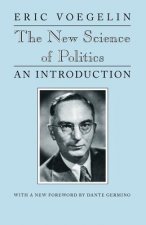
New Science of Politics
32.33 € -5 % -

Conspiracy Theories
9.96 € -30 %
Osobní odběr Bratislava a 2642 dalších
Copyright ©2008-24 najlacnejsie-knihy.sk Wszelkie prawa zastrzeżonePrywatnieCookies


 Vrácení do měsíce
Vrácení do měsíce Zdarma od 49.99 €
Zdarma od 49.99 € 02/210 210 99 (8-15.30h)
02/210 210 99 (8-15.30h)